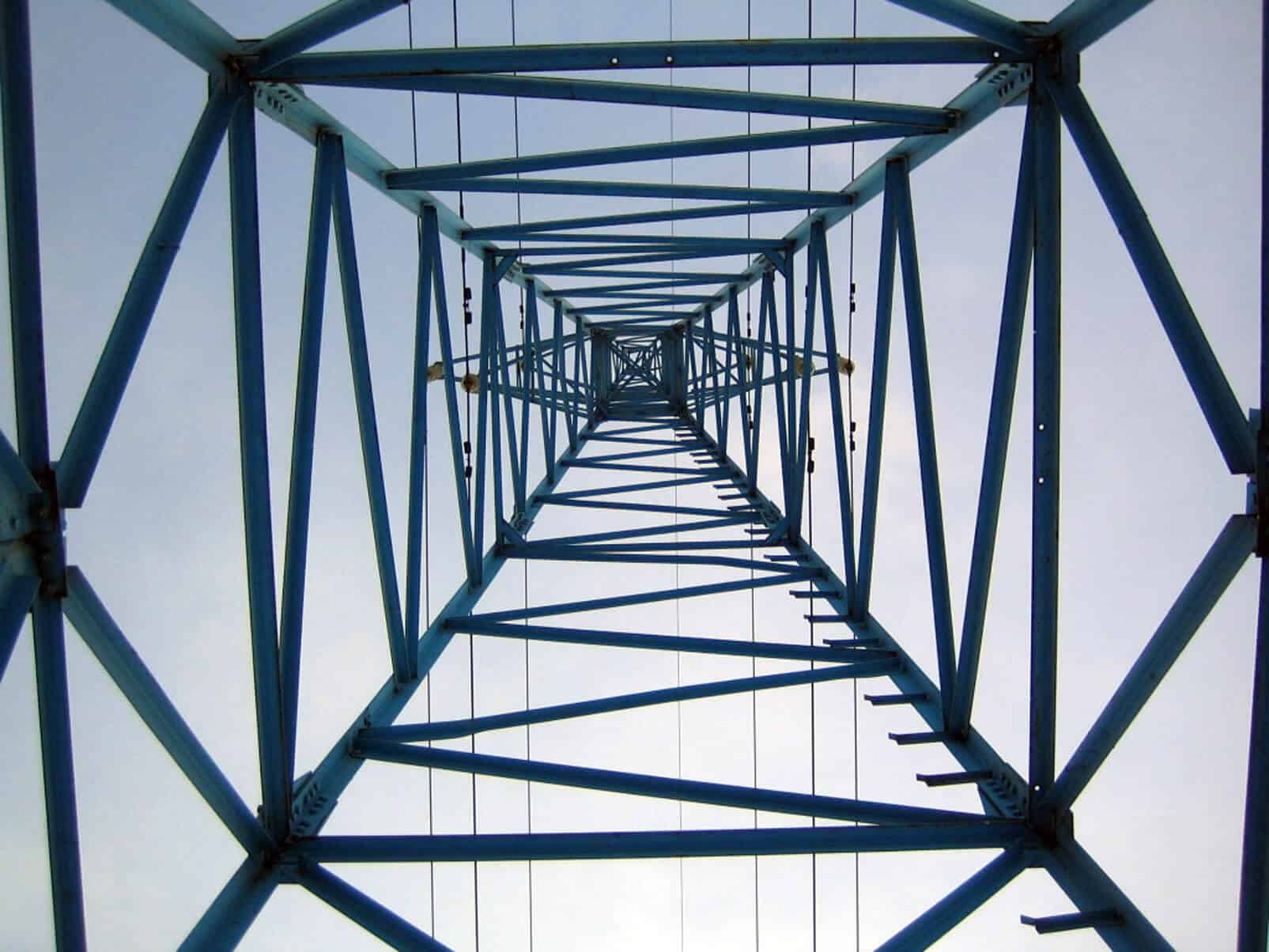Over the past few months we’ve experienced a solar eclipse, several devastating hurricanes, another under-construction nuclear plant shutdown, and a backwards-looking Department of Energy Grid Reliability study.
The performance of our electric grid during the eclipse demonstrates how well a flexible, well-managed grid can handle predictable events. These severe weather events show how vulnerable our electric grid really is, how dependent we as a society have become on electric power, and how valuable some form of backup power is for homeowners. The nuclear plant shutdown clearly shows that nuclear power cannot compete against cheap natural gas.
Weaving these circumstances together, one could come to the conclusion that the electric grid of the future should be more modular (distributed); could effectively rely on a combination of wind and solar and storage; and could take advantage of smaller, high efficiency gas turbines for peak afternoon power demands and night-time power. Not only would this grid of the future be cleaner and cheaper, but it would also be more resilient to local weather and human-caused disruptions.
Solar contractors and homeowners are not at 30,000 feet debating fundamental energy policy and grid strategy developments. Instead, they are on the ground in need of inexpensive electricity and backup power when the grid fails. If you are interested in practical solutions to these problems (sorry, I have no way of rationalizing the DOE’s Grid Reliability Study), to achieve grid reliability, Listen Up to this week’s Energy Show on Renewable Energy World.

